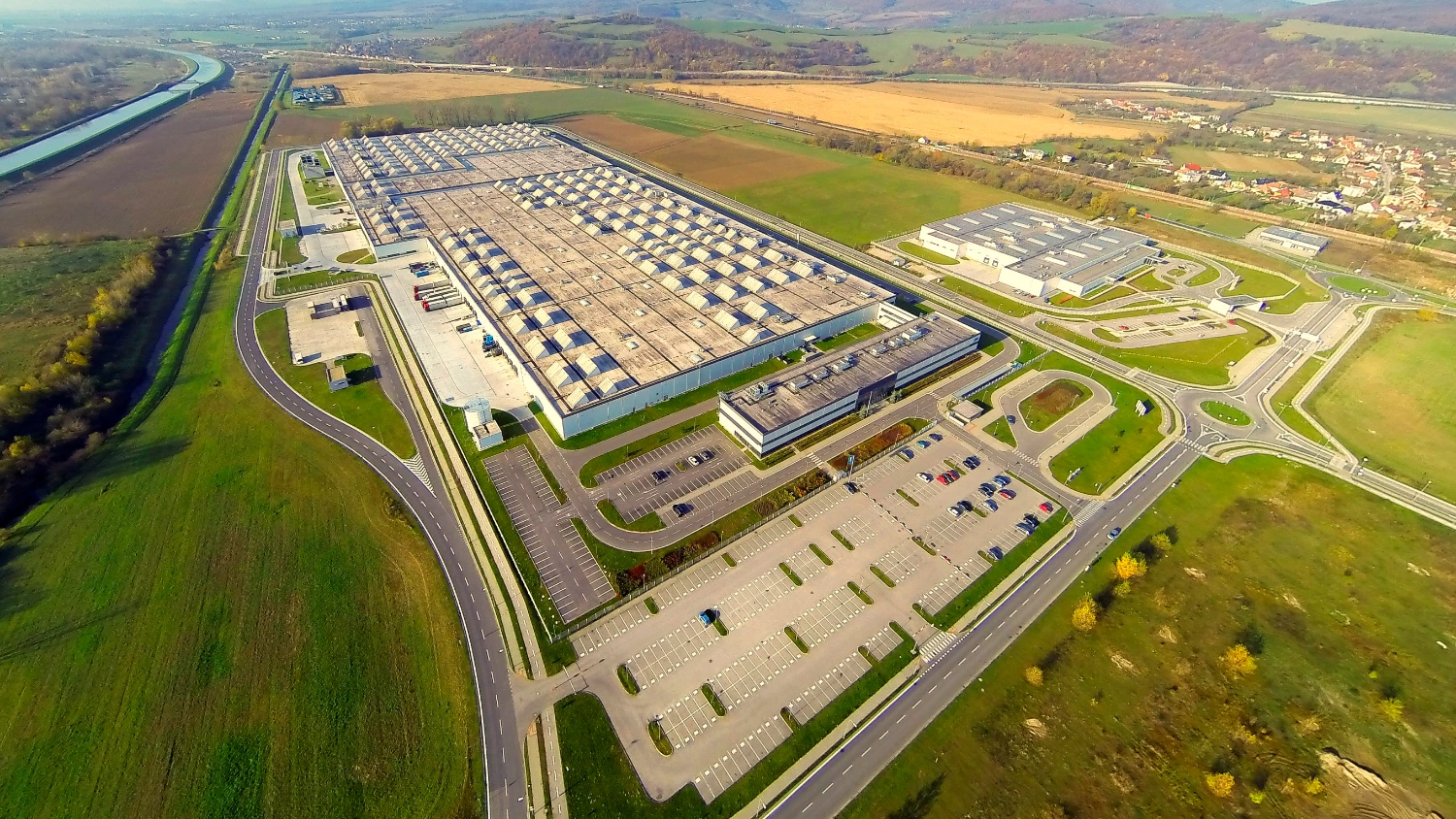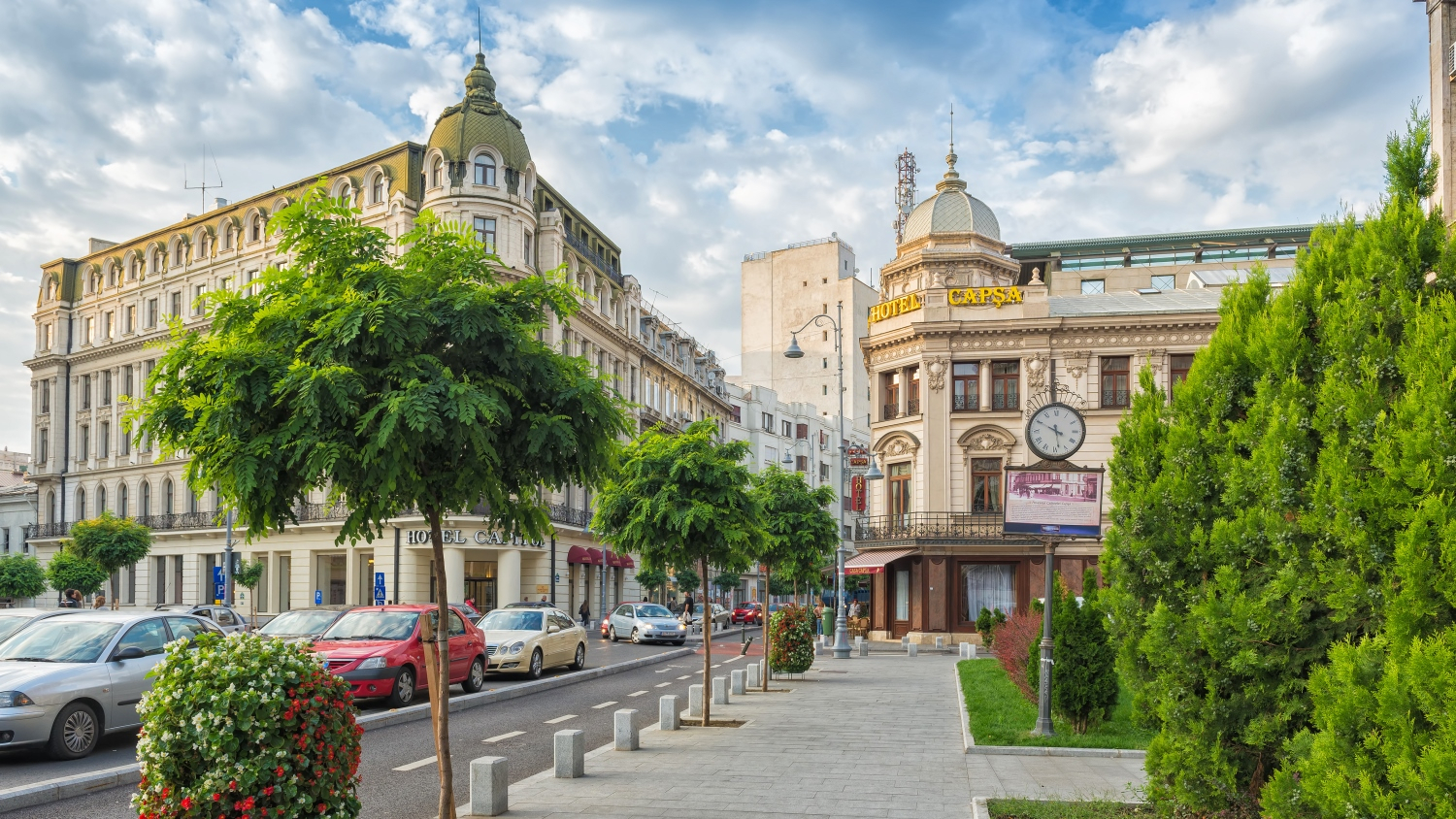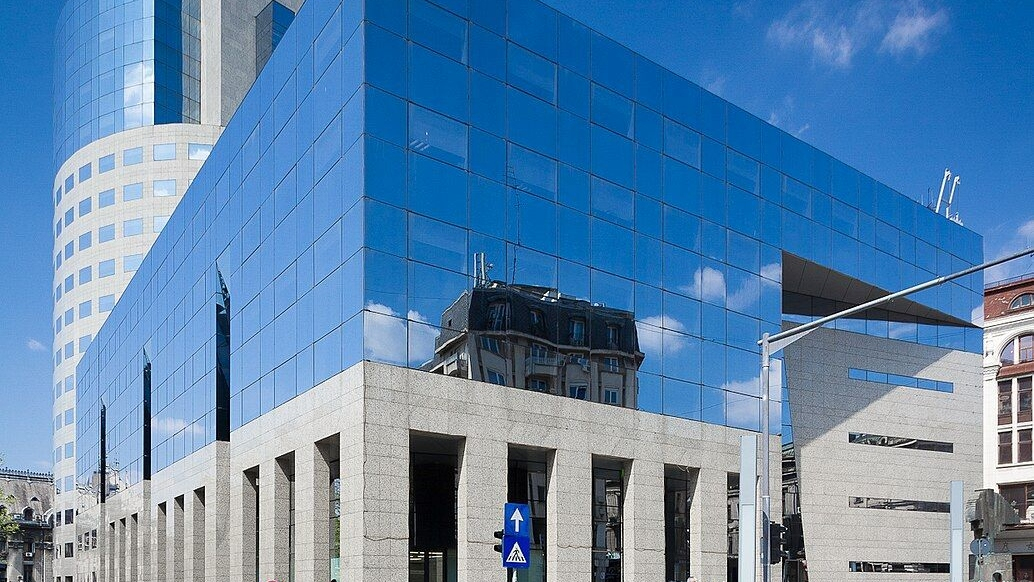Silviu Pop, Director of Research - CEE & Romania, explains: ”When assessing the potential risks of the energy crisis towards the property sector, the relics of the communist past can still be seen throughout all of Central and Eastern Europe so, looking at the structure and patterns of energy consumption reveals some hints. Each country has its own set of specific challenges which require complex public policies to tackle. And in some respects, the countries within the CEE-6 group couldn't be farther apart from each other. The really big indicators are energy consumption per capita and energy intensity, with the latter defined by the ratio between the units of energy required to generate a unit of GDP”.
Czechia is quite an energy-intensive economy both in nominal terms and real terms. But Bulgaria, Hungary and Poland have quite low levels of energy consumption per capita. Poland and Hungary have a level of energy consumption per capita well lower than Czechia's (by around 30%), but on the other hand, appear less productive with the energy they are consuming.
The structure of energy consumption reflects the heterogeneity of the CEE – 6
While looking at the structure of energy consumption in the European Union and comparing it with the six countries covered in the report, they make up quite a heterogenous group, underscoring how different their economic structure is, as well as the fact that the countries are at different moments in their economic convergence to Western European levels. If we average things out among the CEE-6 countries and compare the figures to the Eurozone, we can say that Western European countries have a bigger share of energy consumption for commercial and public services, whereas Eastern European states tend to use more energy via households and, to a lesser degree, via their industry.
Economic development and industrialization are major indicators of energy consumption
Romania has the smallest level of energy consumption in the EU, with most of the other CEE-6 states also in the bottom part of the ranking. This is likely the sign of a lesser degree of economic development and industrialization. At the opposite end and marking a different trend, Czechia has the EU's 7th biggest per capita energy use, more than double that of Romania's, likely underscoring the country's strong industrial base. All the other CEE-6 countries fall somewhere in the middle.
Silviu Pop explains: “Slovakia and Romania have the smallest urban population percentages in almost all of Europe (at around 54%), with Poland not too far ahead at 60% versus over 80% in Western Europe. One can argue that the efficiency of heating and electricity distribution drops significantly when it is spread over a wider area. Secondly, it is quite possible that construction standards have only more recently started to catch up to Western Europe, but have lagged for many decades, leading to historic differences in certain respects. Lastly, with regards to a higher share of industrial energy usage, this comes back to the structure of the economy, as CEE-6 economies have less of a service-driven economy than Western countries, though the gap has been shrinking amid the convergence process”.
Residential and industrial sectors with the highest energy consumption
CEE-6 countries look fairly good regarding energy consumption, but there are areas where they fall short, with some sectors showing a higher energy consumption than the more developed ones, suggesting some room for improvement. These mostly relate to the residential and industrial sectors in a lot of countries. However, there are pretty big differences from one country to the next as Poland, for instance tends to have a bigger share of energy consumption for agriculture and transportation than the Eurozone while having a smaller share of industrial consumption.













